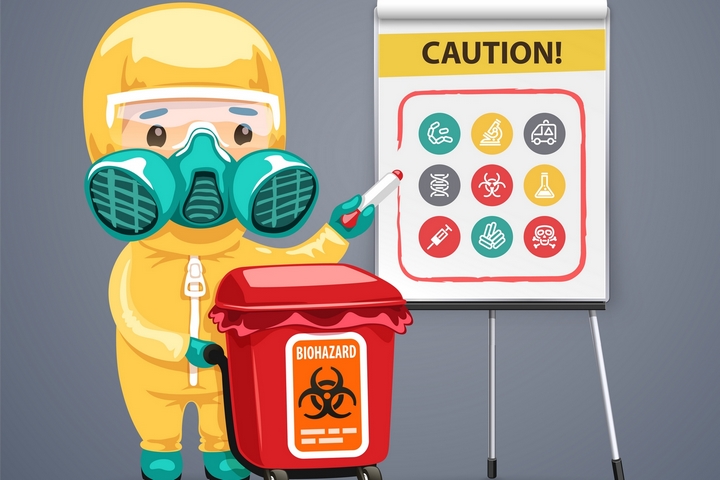Have you ever heard about GHS pictograms? GHS stands for Globally Harmonized System of the Classification and Labelling of Chemicals, which are guidelines to ensure the safe transport, use and disposal of chemical products. Here are short descriptions of the 9 GHS pictograms that you might find on the labels of chemical products.
1. Explosive
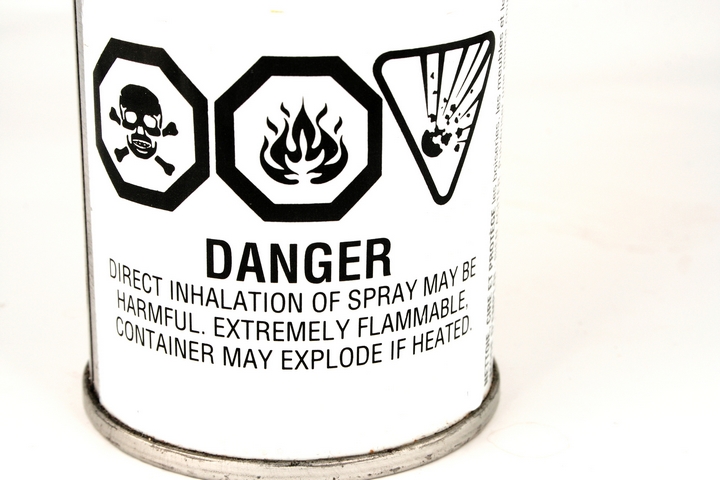
The first GHS pictogram is the one that is used to label explosive subtances. It represents an exploding bomb, and its goal is to warn of explosion or reactivity hazards. The image of the exploding bomb is black on a white background, with a red border which is a square set on one of its points.
2. Flammable
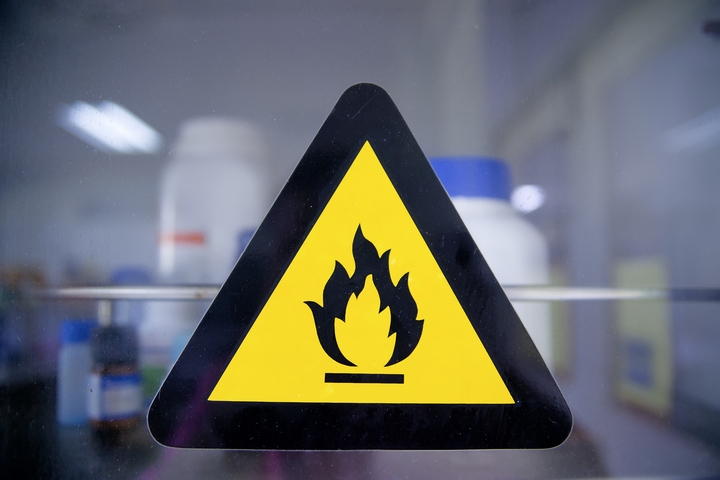
This red border is common to all the GHS pictograms. For the Flammable pictogram, the picture showing inside the border represents a burning flame. It is used on the labels of flammable solids, liquids, gases, aerosols, self-reactive or self-heating substances or mixtures, and other substances which represent a fire hazard.
3. Oxidizing
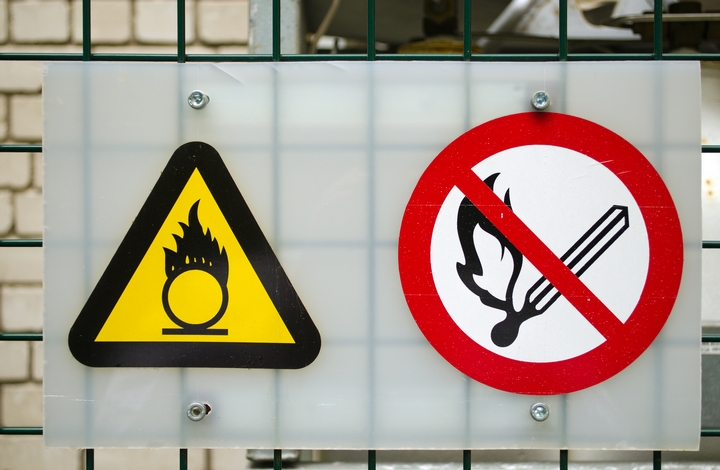
Oxidizing solids, liquids and gases are identified by the Oxidizing pictogram, which represents a flame burning over an empty circle. Oxidizing substances have the ability to oxidize other substances, so they must be handled, used, and disposed of carefully.
4. Compressed gas
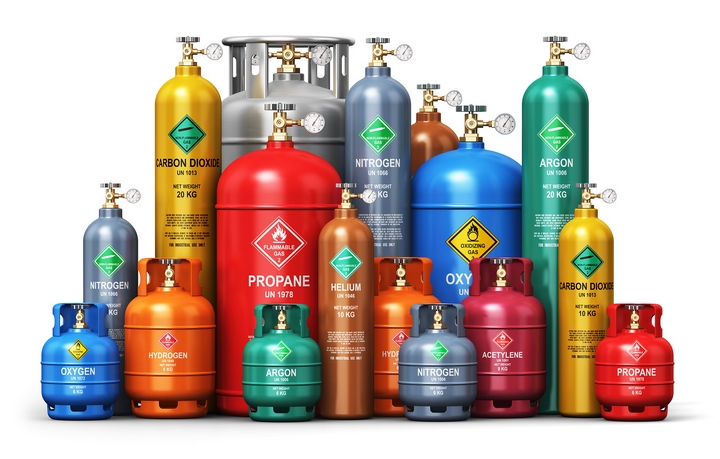
The next GHS pictogram is used to identify compressed gases, liquefied gases, refrigerated liquefied gases and dissolved gases. It shows a gas cylinder inside the red border, and it warns us to be careful to avoid damages, injuries, fire hazards, and other dangers.
5. Corrosive
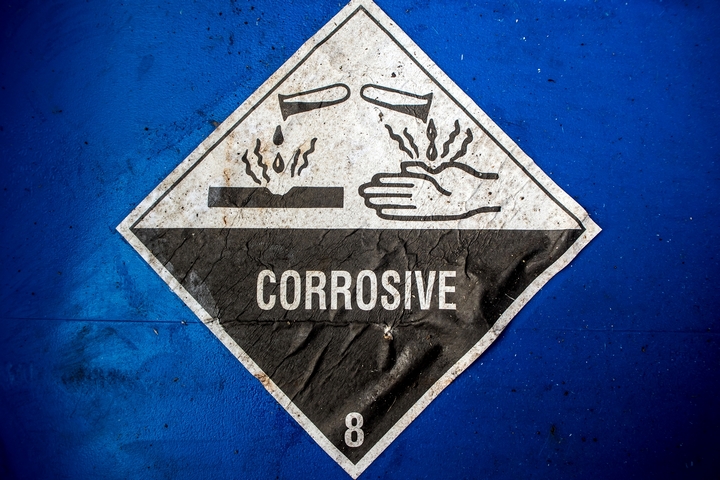
Corrosive substances are identified by the Corrosive pictogram, which shows two test tubes from which a corrosive liquid is dripping onto a black surface, and onto a human hand. The Corrosive GHS pictogram tells us to beware of possible corrosion to metals, skin and eyes.
6. Toxic
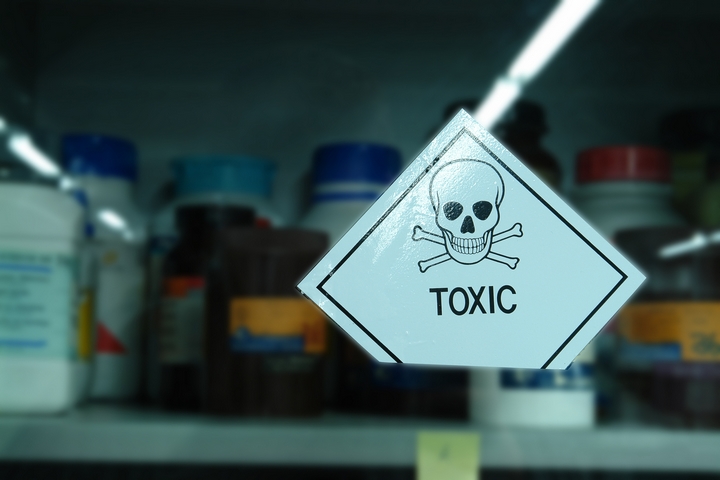
The Toxic pictogram is perhaps the most well-known of all the GHS pictograms. It shows a skull and crossbones, and warns us that a substance can cause death, or that even exposure to a small amount of that substance can be highly toxic.
7. Harmful
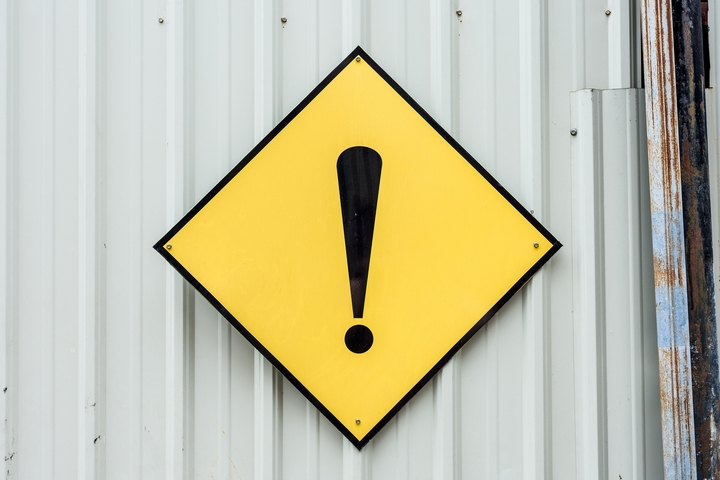
The Harmful pictogram simply shows an exclamation mark. It warns of possible toxicity, skin irritation or sensitization, eye irritation, or narcotic effects. You will not find the Harmful pictogram on a label if the Toxic pictogram is already there.
8. Health hazard
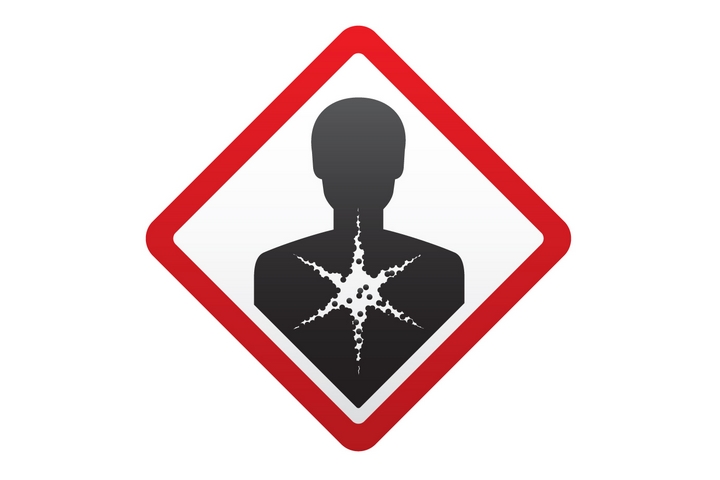
The Health hazard pictogram shows a black human silhouette with a white symbol on its chest. This pictogram is used to identify substances that can cause serious health effects, such as respiratory sensitization, carcinogenity, specific target organ toxicity, and more. The previous Harmful pictogram is never used with the Health hazard pictogram.
9. Environmental hazard
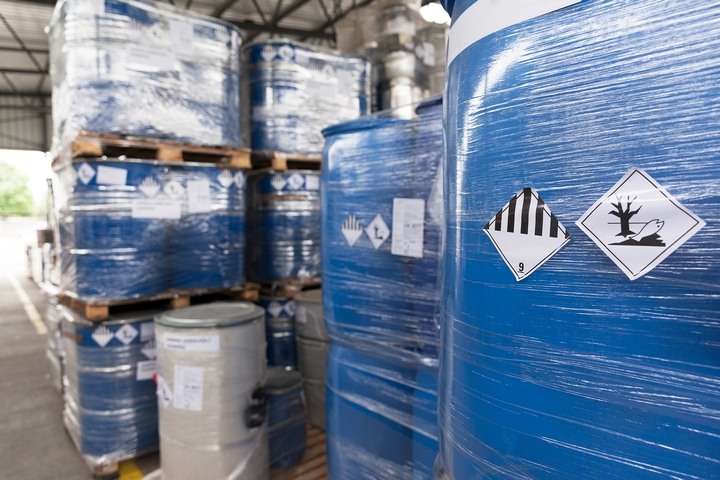
The last GHS pictogram is the Environmental hazard pictogram. It shows a dead fish floating next to a tree. This pictogram is used to identify chemicals that can cause acute or chronic hazards to aquatic environments, so they need to be used, handled, transported, and disposed of with care.

 Animals
Animals Business
Business Family
Family Food
Food Health
Health Hobby
Hobby Law
Law Living
Living Money
Money Nature
Nature School
School Science
Science Shopping
Shopping Technology
Technology Travel
Travel Random
Random